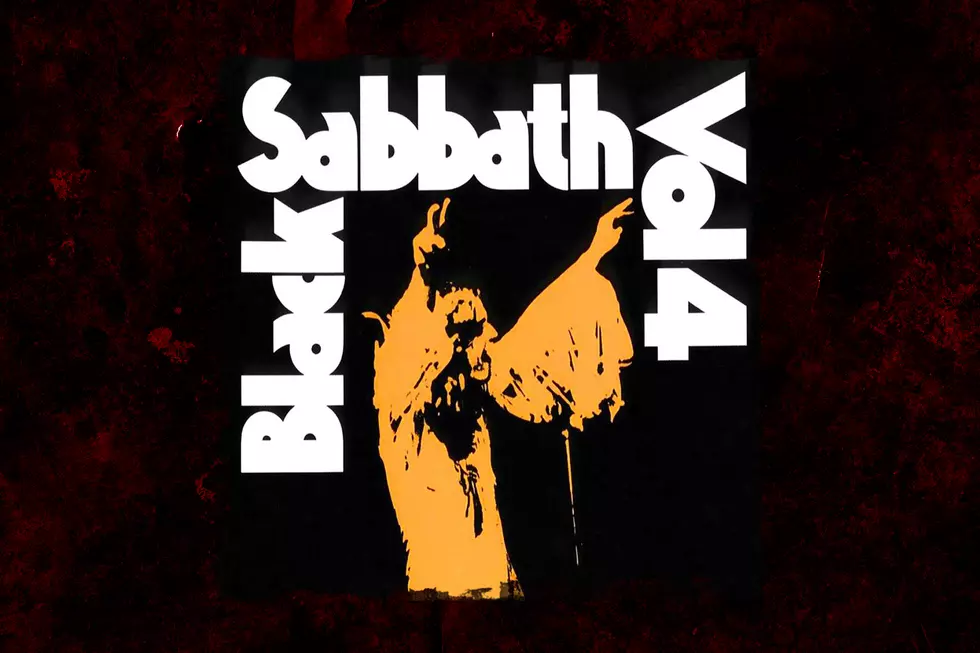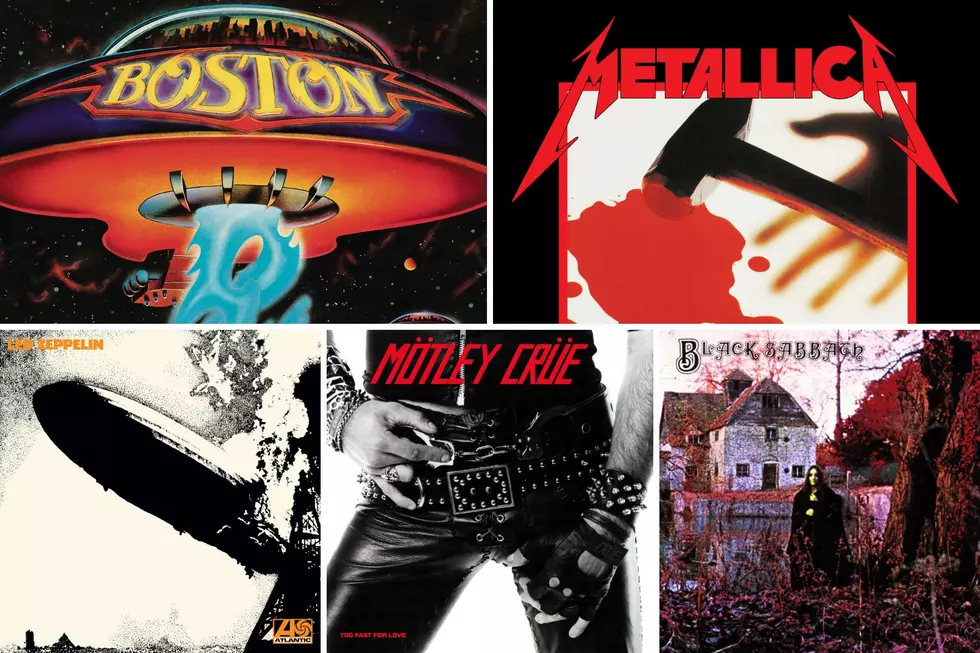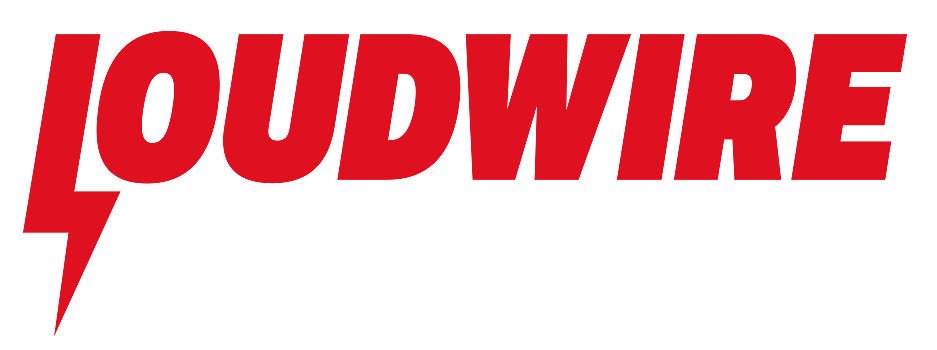
51 Years Ago: Black Sabbath Take It to the Brink on Drug-Fueled ‘Vol. 4′
Three albums into their career, Black Sabbath had attained such a level of success that they decided to change things up for their next LP in a number of ways, resulting in what would eventually become the most critically lauded record in their catalog in Vol. 4, released on Sept. 25, 1972.
Having broken big in America by then, the band decamped to Los Angeles to record the album at the Record Plant while living at an estate in the Bel-Air neighborhood owned by John du Pont, heir to the Du Pont fortune who would later be convicted of murder. Vol. 4 would be the only Sabbath album featuring the original lineup to be recorded in L.A.
“We’d visited L.A. when we played concerts here and all of us liked Los Angeles,” drummer Bill Ward recalled years later. “We felt it was pretty laid-back here, so we probably were attracted to the fact it was a much slower pace here and we could actually relax.”
Comprised of six bedrooms, seven bathrooms, a swimming pool and movie theater where they would gather to rehearse and write, the mansion was also ground zero for copious amounts of drugs being ingested while creating what was tentatively titled Snowblind, a thinly-veiled reference to cocaine, the Black Sabbath drug of choice at the time.
“I was putting so much of the stuff up my nose that I had to smoke a bag of dope every day just to stop my heart from exploding,” frontman Ozzy Osbourne would say of the period in his autobiography I Am Ozzy. “It would be almost impossible to exaggerate how much coke we did in that house…at one point we were getting through so much of the stuff, we had to have it delivered twice a day.”
Osbourne said in addition to cocaine, food, alcohol, groupies – basically whatever the band needed to live on – would be brought to the dwelling, leaving them no reason to leave the grounds, which led to many shenanigans along with the partying. But there was an album to be recorded, and this time the stakes were higher because the band had decided for the first time to produce the album themselves.
“It’s not like we were fed up with (producer of the first three Sabbath albums) Rodger Bain or anything, I thought he was alright,” Tony Iommi said in his autobiography Iron Man: My Journey through Heaven and Hell with Black Sabbath. “But we had done so much studio work by then, that we felt we knew how to do it ourselves.”
Black Sabbath, "Cornucopia"
Vol. 4 brought new elements to Sabbath. Alongside the familiar slow and sludge-like grooves on “Wheels of Confusion” and doom-laden “Cornucopia,” there was the brief but wildly shifting “St. Vitus Dance,” elements of bizarre experimentation on “FX” and the uncharacteristic balladry of “Changes.”
Black Sabbath, "Changes"
“The first three albums could’ve all been from the same batch really, but [Vol. 4] was when we started introducing different things,” Iommi said. “I’d found a piano in the ballroom up at the house and I used to play that thing when I’d had a million lines of coke. I’d never played the piano before and I started learning it right there and then, within a couple of weeks. Mind you, I was up all bloody night every night with a line of coke, play for a bit, another line of coke, play, so I was probably up for the equivalent of six weeks.”
Osbourne hummed the melody and bassist Geezer Butler wrote the lyrics to “Changes,” using a particularly messy break-up Ward was going through with his wife at the time as inspiration. Another highlight of Vol. 4 was the frenetically paced “Supernaut,” featuring a pounding rhythm under Iommi’s iconic riffage and one of Osbourne’s best vocal performances, again something the singer attributed to cocaine.
“When I listen to songs like ‘Supernaut,’ I can just about taste the stuff,” Osbourne said. “The whole album’s like having someone pour a couple of lines into your ears.”
Black Sabbath, "Supernaut"
It can’t be stressed enough how much of an influence the drug was to Vol. 4. Butler would later estimate that the record made $60,000 to make, but $75,000 was spent on cocaine. “Snowblind” was the most overt example, with lyrics like “Fill my dreams with flakes of snow/Soon I'll feel the chilling glow.”
“That whole period was one of the most enjoyable times ever, and a song like ‘Snowblind’ makes it clear it was also because of a certain drug,” Iommi said.
Black Sabbath, "Snowblind"
Even more serene moments such as the instrumental “Laguna Sunrise,” inspired by a Laguna Beach sunrise, came after being up all night on cocaine and Iommi coming up with the song on an acoustic guitar.
Ultimately, the label rejected the use of Snowblind as the album’s title to avoid any controversy, though the band had a bit of fun with a dedication on the record sleeve under the track-listing which read, “We wish to thank the great COKE-Cola Company of Los Angeles.”
Vol. 4 didn’t fare as well as their preceding albums with critics or on the charts in either the U..K or the States. Hindsight now sees it as arguably the crowning Black Sabbath achievement before infighting took over and drug addictions drove an irreversible wedge through the band.
“I look back now and I think of them days as the best we ever had,” Osbourne told Mick Wall. “It’s funny though how quickly that feeling passed and suddenly they turned into our worst days ever.”
10 Best Tony Iommi Riffs
Black Sabbath Albums Ranked
More From Loudwire









